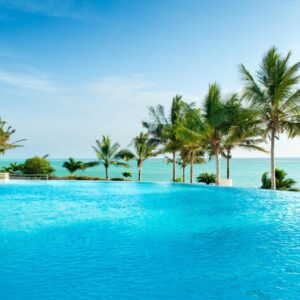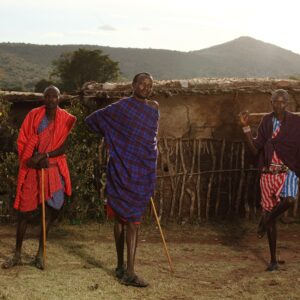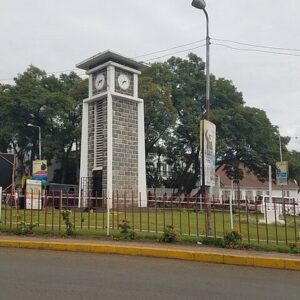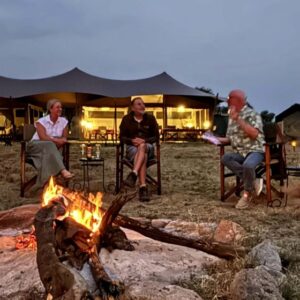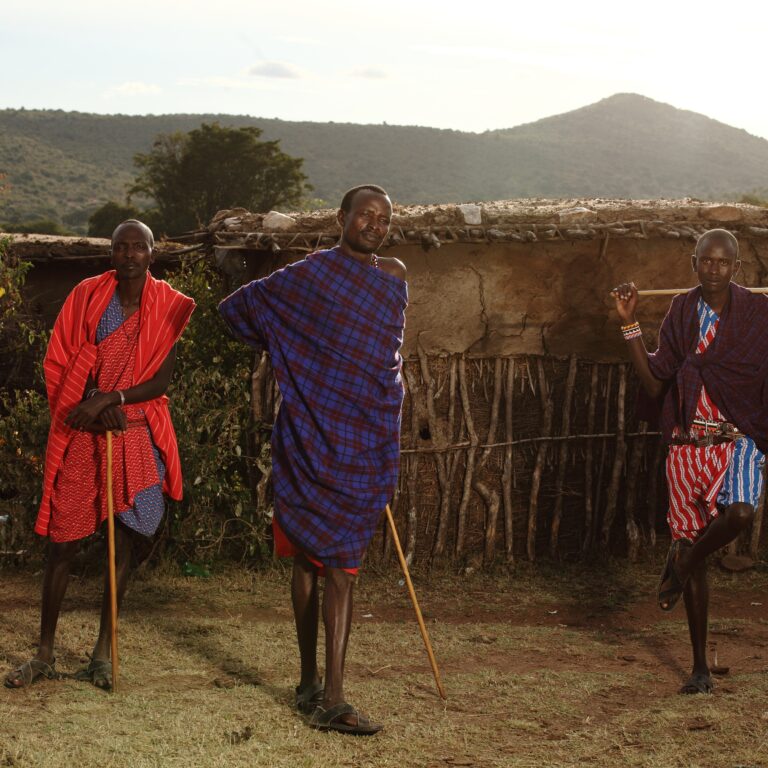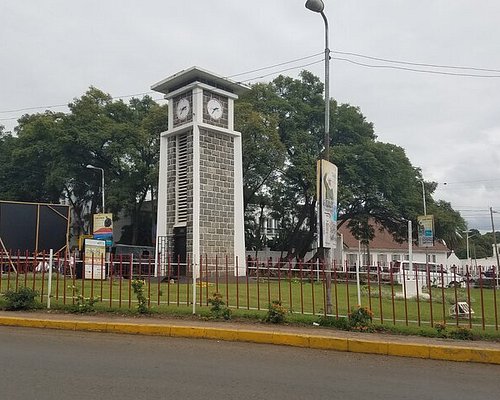Mount Kilimanjaro can feel crowded, especially during peak seasons and on popular routes, but the degree of overcrowding varies and there are ways to mitigate it. While tens of thousands attempt the climb annually, particularly during the dry seasons (June-October and December-March), some routes like Marangu and Machame tend to be busier. Is Mount Kilimanjaro too crowded? This is a question many aspiring climbers ask as they plan their once-in-a-lifetime trek up Africa’s highest peak. With its reputation as one of the world’s most accessible “Seven Summits,” Kilimanjaro attracts a significant number of visitors. While the mountain can certainly feel busy, the perception of “crowded” is largely dependent on a few key factors: the time of year you go, the route you choose, and where you are on the mountain.
The Peak Seasons: A Flood of Foot Traffic
Kilimanjaro climbable year-round, but two distinct dry seasons are considered the most favorable for trekking. These periods, however, are also the busiest. The long dry season runs from mid-June to the end of October Is Mount Kilimanjaro Too Crowded?. This coincides with summer vacations in Europe and North America, making it a popular time for international travelers. The weather is generally clear and dry, offering excellent views and more comfortable hiking conditions. Consequently, this is the most crowded period, with a high concentration of climbers on the mountain. The short dry season occurs from December to mid-March.
The weather its also good during this time, though it can be colder, and there’s a chance of snow on the summit. The period around Christmas and New Year’s is especially busy, as many people choose to celebrate the holidays with an adventurous climb. Conversely, the rainy seasons—from late March to May and a shorter period in November—see significantly fewer climbers. While the trails can be muddy and visibility may be poor, these times offer a more solitary experience for those willing to brave the weather.
The Most Popular Routes
Kilimanjaro has seven official routes, but the vast majority of visitors funneled onto a select few. The most popular are the Machame and Marangu routes. Routes like the Lemosho, Rongai, and the Northern Circuit are less traveled and provide a more secluded experience. The Northern Circuit, being the newest and longest route, is particularly known for its solitude. Choosing one of these less-trodden paths is the most effective way to avoid the crowds.
Machame Route. Often nicknamed the “Whiskey Route” for its challenging nature, this is the most popular route on the mountain. Its “climb high, sleep low” profile makes it excellent for acclimatization, leading to a high success rate. Its popularity means that you’ll encounter a high volume of trekkers and busy campsites, especially during peak season.
Marangu Route. Known as the “Coca-Cola Route,” Marangu is the oldest and one of the most straightforward routes. It is the only route to offer dormitory-style hut accommodation, which appeals to some climbers. While it is popular and can be crowded, its out-and-back design means the trail its used for both ascent and descent, which can spread out the foot traffic.
Number of Visitors and Their Impact
Kilimanjaro attracts approximately 35,000 to 50,000 climbers each year. While this number seems large, it’s spread out across a vast mountain and multiple routes. The sheer size of Kilimanjaro means that, for the most part, you can find moments of quiet solitude. However, the concentration of climbers on certain routes and at specific locations creates pinch points where the mountain can feel genuinely crowded. The impact of this high volume of visitors its a significant concern for Kilimanjaro National Park. The park has implemented strict rules and regulations to manage the environment and climber safety. This includes requiring all climbers to use licensed guides and stay in designated camps, which can contribute to the feeling of being in a very organized and sometimes busy expedition.
Where Does It Get Crowded?
Mount Kilimanjaro tends to get most crowded on its most popular routes, Marangu and Machame. Especially during peak climbing seasons (January to mid-March and June to October), and particularly at specific locations like the Barranco Wall and the Uhuru Peak summit. While the overall journey might not feel like a rush, there are two notorious spots on the mountain where the crowds are unavoidable and a sense of “traffic” can take hold.
The Barranco Wall
The Barranco Wall its a steep, 800-foot-high rock face that must be ascended by climbers on the Machame. Lemosho and Umbwe routes. It’s often referred to as the “Breakfast Wall” because it’s tackled in the morning after a night at Barranco Camp. The Barranco Wall is considered a class 4 scramble in the Yosemite Decimal System, which means you don’t need specialized gear or mountaineering skills, but that you will likely use all four of your limbs. Taking your time and being mindful of where you place your hands and feet is essential. From a distance, the wall looks intimidating, but it is more of a scramble than a technical climb. The biggest challenge here is not the ascent itself, but the queue. Since the trail is narrow, climbers must ascend in a single file.
During peak season, a line of trekkers can form, waiting their turn to navigate the path. This “traffic jam” can last for an hour or more, transforming a thrilling scramble into a slow, patient procession. The camaraderie among climbers waiting and helping each other, however, is often a highlight of the experience.
Uhuru Point
Uhuru Peak, at 5,895 meters (19,341 ft), is the ultimate goal for every climber. No matter which route you take, all paths converge for the final push to the summit. Most groups time their ascent to reach the peak at sunrise, creating a significant influx of people at the same time. The summit itself its a small, exposed area, and at sunrise, it can be a bustling scene. Climbers huddle for warmth, take photos with the iconic “Uhuru Peak” sign, and celebrate their achievement. The combination of low oxygen, freezing temperatures, and dozens of people vying for a photo op can make the summit feel hectic and less serene than one might imagine. Thankfully, climbers don’t stay long due to the extreme conditions, and the crowds disperse quickly as groups begin their descent.
Tips for Avoiding Mount Kilimanjaro Crowds
These tips its a great guide for anyone who wants a more personal and less-crowded experience on Mount Kilimanjaro. They show that with a little strategic planning, it’s possible to enjoy the beauty of the mountain without feeling like you’re in a queue. Thank you for sharing these excellent tips for avoiding crowds on Mount Kilimanjaro! These are all very practical and effective strategies. Here’s a little more detail on each point, which could be helpful for someone planning their climb:
Choose Shoulder Seasons or Off-Peak Times. The main climbing seasons are January-March and June-October, as these are the driest months. To avoid the peak crowds, consider the “shoulder seasons” like early June or late October. The downside is that the weather might be slightly less predictable, but you’ll experience a more peaceful trek. The busiest climbing seasons are January-March and June-October. To avoid crowds, aim for late March-early April (shoulder season with light rain but fewer climbers) or November-early December (dry weather, low crowds).
Opt for Less Popular Routes. The Marangu and Machame routes are the most popular, and therefore the most crowded. The Lemosho, Rongai, and Northern Circuit routes are great alternatives. Lemosho its known for its beautiful scenery and higher success rates due to its gradual ascent, while Rongai approaches the mountain from the less-visited northern side. The Northern Circuit is the newest and least-traveled route, offering the most solitude. Routes like Machame and Marangu are very popular. Consider alternatives like Rongai, Lemosho, Umbwe, or the Northern Circuit for a more solitary experience until higher up the mountain, where routes may converge.
Book a Private Climb. While more expensive, a private climb allows you to customize your itinerary and avoid being part of a large group. You can set your own pace and choose your own schedule, giving you more flexibility to avoid the busiest times on the trail and at the campsites.
Select Alternate Campsites. This a fantastic tip, especially on the more popular routes. Some tour operators are willing to camp at less-used or “wild” campsites, which can offer a more secluded experience. This may require some advanced planning with your guide company. Some campsites, like Barafu Hut and Millennium Camp, are very popular. Inquire with your tour operator about less populated alternatives like Moir Hut. Kosovo Camp, or sleeping at Crater Camp after the summit.
Consider Extended Itineraries. The most common itineraries are 6 or 7 days. By adding an extra day or two, you can break up the longer stretches and potentially be on a different schedule than the majority of climbers. This also significantly improves your chances of summiting successfully by allowing for better acclimatization.
Summit at a Different Time. The traditional summit push starts around midnight to reach the peak at sunrise. By starting a few hours later, you’ll be on the trail a bit behind the main crowd. You might miss the sunrise from the very top, but you’ll have a much less congested experience on the final ascent and at the summit itself. While many aim for a full moon summit, consider summiting in the daytime when fewer climbers are making the final ascent and the views are still clear.
Start Your Day Early. On the trekking days, starting your hike an hour or two earlier than most other groups means you’ll be ahead of the pack for the day’s journey. You’ll enjoy more solitude on the trails and arrive at the campsites before they become packed. Beginning your daily hikes before 8:00 AM can help you get ahead of the majority of climbers.
How to Climb Kilimanjaro Without the Crowds
What Makes the Serengeti Such a Popular Safari Destination?
Is the Marangu Route Really the Easiest Kilimanjaro Route?
Easy Tips for Traveling in Style and Comfort
Tips for Planning a Budget Safari in Tanzania
Tips: Climbing Mount Kilimanjaro changed my perspective on life because it gives you a renewed sense of self-confidence and makes you fearless, learnt that if all else fails, can rely on myself. After picking myself up and drying my eyes, witnessed the most incredible sunrise of your life, standing 5,895 meters above the ground, at the highest point in Africa. Climbing a mountain became a stepping-stone to a whole different life. When first decided to climb Mount Kilimanjaro, it completely changed my mindset.
In conclusion
While Mount Kilimanjaro a popular destination, calling it “too crowded” an oversimplification. The experience its what you make of it. By strategically planning your trip during the off-season, you can choose a less popular route. Simply embracing the shared journey with fellow climbers. You can still find the space and solitude to appreciate the majesty of this incredible mountain. To minimize crowds while climbing Mount Kilimanjaro, book a private climb. Choose a less-traveled route, and climb during the off-peak seasons or shoulder seasons, or consider summiting during a full moon or daytime.

